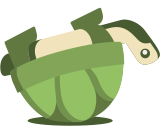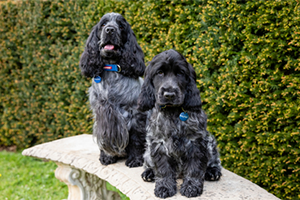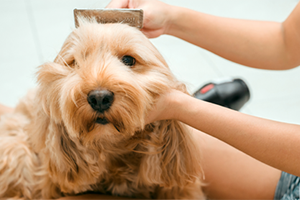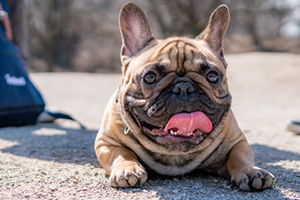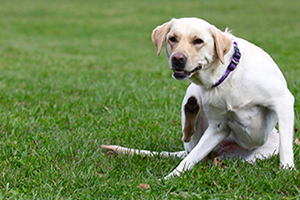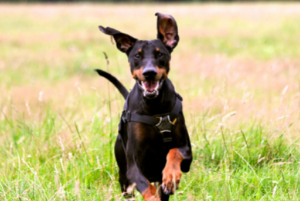
An adaptable companion who’s small, sturdy and very playful.
Vital stats
Swipe to view more
| Size: | Small |
| Coat: | Short glossy coat, requires regular brushing |
| Exercise | Up to 1 hour a day |
| Life span: | 7+ years |
| Flat-faced: | Yes, consider this breed's additional health needs before buying |
| Breed group: | Toy |
| Temperament: | Playful, sociable, loving |
Pug temperament & personality

- These out-and-out extroverts love people and being the centre of attention.
- Pugs are a popular pet for many people and easily adapt to different living environments, from busy family homes to quiet single owner households.
- Their friendly and playful nature, along with their small size, makes them ideal playmates for children. However, like any breed, they should be supervised with children at all times.
Pug training & exercise

Exercise
- As the original lapdog, it’s no surprise that Pugs are happy to spend all day indoors and love their food. That means it’s vital that they’re exercised for up to an hour each day to keep them healthy and stop weight gain.
- Walking and playing outside are both good ways to exercise your Pug – they’ll love spending time with you!
- As a brachycephalic breed, Pugs’ short muzzles make them less suited to hot weather. It’s best to limit their time spent outdoors during the warmer months.
Keeping them happy
- Avoid leaving your Pug alone for long periods of time, as they can be prone to separation anxiety and prefer having someone to keep them company.
Training tips
- Due to their sociable nature, puppy training classes will be a big hit with your Pug and will help to socialise them as well as teach them basic commands.
- Pugs can be sensitive to your tone, so use plenty of positive reinforcement.
Game ideas
- Pugs love a game of tug-of-war, all you need is a (dog-safe) rope toy and you’re ready to go!
Common Pug health conditions

Pug grooming

Despite their short coats, Pugs shed a lot of hair and need regular grooming.
- Use a soft bristle brush to brush your pet on a weekly basis.
- Pugs don’t need regular bathing but if you do bathe your dog, make sure you dry them thoroughly afterwards, paying particular attention to skin folds and wrinkles as trapped moisture can lead to sores if left unchecked.
- Use grooming time to also check your pug for other health issues. Check their ears for signs of infection, such as black or brown ear wax or a strange smell, and their eyes for weepiness. You should also check for lumps and bumps and signs of parasites.
Pug nutrition

Pugs are known for their love of food, which can lead to obesity and affect their life span if not well managed.
- Feed your Pug appropriately according to their age, weight and daily activity level. Follow the guidance on their food packaging and check in with your vet if you’re unsure.
- Make sure you balance food with plenty of exercise to keep your Pug in tip top shape.
Pug frequently asked questions
Discover some of the most popular dog breeds
Pug insurance considerations
We always offer these things as standard:
Physiotherapy & pet therapies
Along with physiotherapy, which is covered within the Vet Bills benefit, we also cover Pet Therapies like herbal medicine, homeopathy and acupuncture. You can also claim for hydrotherapy, up to £500 per illness/injury in dogs and cats (no additional limit for rabbits).
Petplan is a trading name of Pet Plan Limited (Registered in England No. 1282939) and Allianz Insurance plc (Registered in England No. 84638), Registered office: 57 Ladymead, Guildford, Surrey GU1 1DB.
Pet Plan Limited is authorised and regulated by the Financial Conduct Authority. Financial Services Register No. 311969. Allianz Insurance plc is authorised by the Prudential Regulation Authority and regulated by the Financial Conduct Authority and the Prudential Regulation Authority. Financial Services Register No. 121849. Pet Plan Limited is a subsidiary of Allianz Insurance plc.

